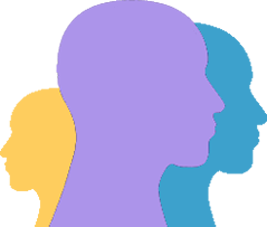Hemivertebrae are wedge-shaped vertebrae and therefore can cause an angle in the spine (such as kyphosis, scoliosis, and lordosis). Among the congenital vertebral anomalies, hemivertebrae are the most likely to cause neurologic problems. Neurologic signs result from severe angulation of the spine, narrowing of the spinal canal, instability of the spine, and luxation or fracture of the vertebrae. Signs include rear limb weakness or paralysis, urinary or fecal incontinence, and spinal pain.
Hemivertebrae, block or hypoplasia of vertebrae
Last modified
18 April 2018
HPO
0002937
ICPC
L82
Rare Condition
Oculo-Auriculo-Vertebral Spectrum (Goldenhar Syndrome)
In the total spectrum of OAVS are many syndromes. One of them is Goldenhar Syndrome (GHS). Goldenhar syndrome is a rare congenital defect in the...
